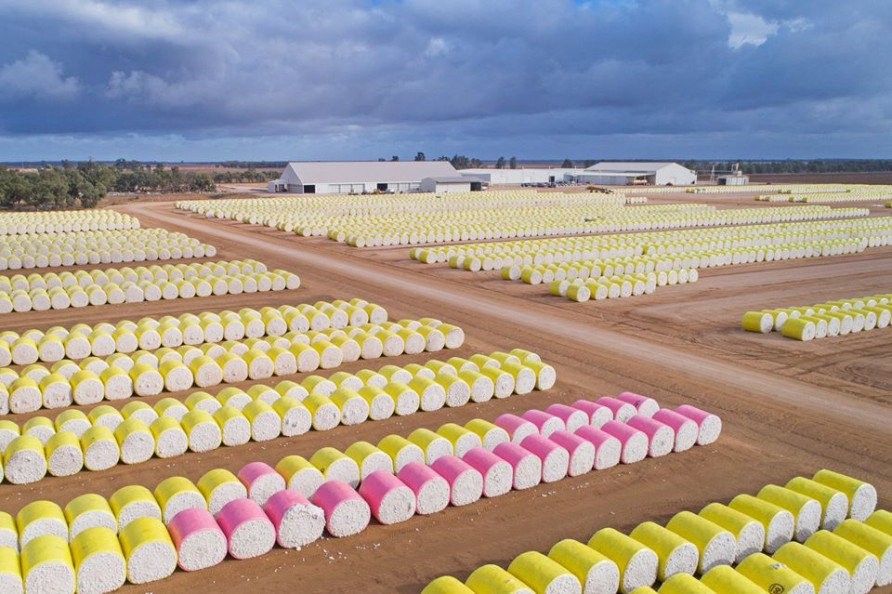The Australian cotton industry’s second five-year Sustainability Report released today has revealed producing a bale of cotton now takes 48% less water, 34% less land, and 97% less insecticides than in 1992.
By comparing performance from 2014 to 2019 in the industry’s eight most important sustainability areas, the Australian Cotton Sustainability Report 2019 also shines a light on new areas the industry can improve.
Using data in the Report as a baseline, growers and other stakeholders will now be consulted in coming months on sustainability targets the industry should aim for in the next five to 10 years.
Cotton Australia CEO Adam Kay said the Report is an important step towards the industry’s aim of being a global leader in sustainable cotton production.
“Australian cotton growers have been quietly improving their sustainability for decades and should take a moment to celebrate the industry’s collective achievements that are shown in the Report,” Kay said.
“Having said that, the Report also highlights areas the industry can do better in, such as the need to make greater efforts to reduce carbon emissions, improve nitrogen use efficiency, increase on- farm carbon sequestration in soil and native vegetation, and improve farm safety.
“We know if we get sustainability right it can reduce risk, improve efficiency, and grow or maintain markets – and ultimately underpin our work to hand the next generation thriving farms and a successful industry,” Kay said.
Cotton Research and Development Corporation General Manager, R & D Investment, Allan Williams said the industry will now use Report data to set five-year targets for 2024 and 2029, and plans to achieve those targets.
“To be a global leader in sustainable cotton production, we need to set bold targets, ensure our research and adoption program can get us to those targets, and frequently and transparently share progress with stakeholders,” Williams said.
“We will be consulting with growers and other stakeholders inside and outside the industry on setting the right level of ambition in our sustainability targets.
“The industry can point to long-term trends of significant improvement in areas it has focused on in the past, and we will draw on this experience to transform our performance in other areas in the future,” Williams said.


